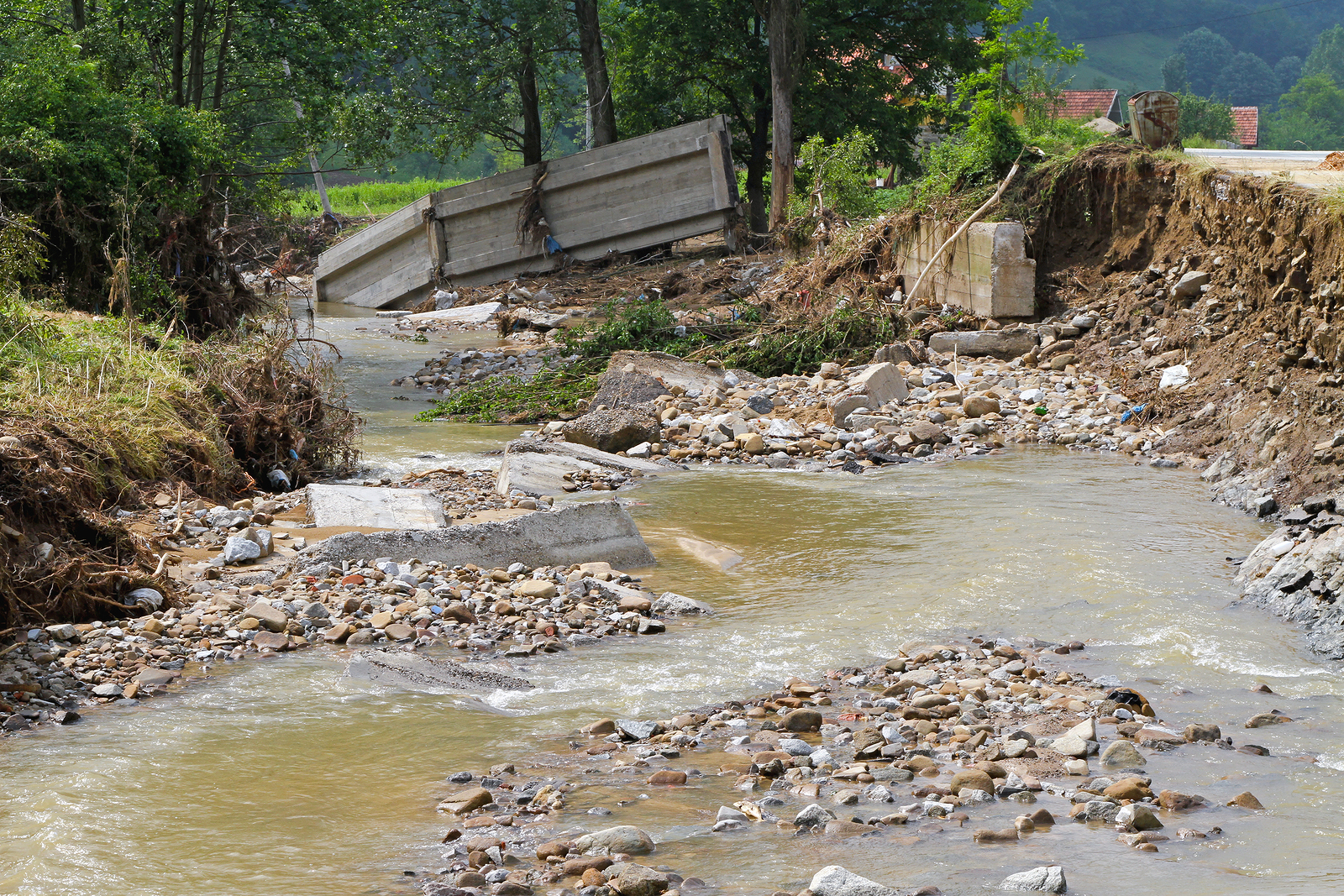Brad Norris, President & CEO
By the time 2011’s Hurricane Irene reached Vermont, it was technically only a tropical storm but it was still loaded with heavy precipitation. Almost every river and stream in the state flooded, resulting in at least three deaths. Homes crumbled, in some cases ripped off their foundations to float downstream along with cars, trucks, and other large debris. The water force was so great it redirected sections of the Ottauquechee River and collapsed steep river banks, pushing them back dozens of feet and toppling old-growth trees. Several covered bridges that had withstood floods for more than 100 years were either damaged or completely destroyed. Vermont’s roads were so extensively impaired that a dozen rural towns were completely isolated; Killington and Pittsfield were inaccessible for two weeks. East/West travel through the southern part of state was made nearly impossible due to the decimation of several parts of Rt. 4. Statewide, the cost of repairs was estimated to be $16.5 billion and sadly, some areas and neighborhoods never recovered, while others took years to come back.
Before the rain had stopped, aid was coming in from everywhere; federal funds, VOADs (Voluntary Organizations Active in Disaster) like the Red Cross, United Way and the Salvation Army (to name a few), faith-based groups, and even benefit concerts held by prominent performers. Donations poured in from businesses and individuals all over the world, one donor even personally contributing one million dollars. There was a problem however, Vermont did not have a structured method or organization in place to ensure that recovery money was actually getting to the people who needed it most. To further complicate matters, the state was inundated with unscrupulous “contractors” trying to take advantage of the situation. Some, who weren’t contractors at all, and totally unqualified to complete the work, even targeted the elderly in need.
The state scrambled to put together an organization that would be able to determine need, confirm that people received their money, and ensure that contractor work was being done properly and those doing quality work were paid. Establishing this new agency unfortunately delayed relief efforts by several weeks. Even more damaging though were the mistakes being made, as this was a new agency completely unfamiliar with the process of collecting and distributing aid on such a large scale.
After getting back on their feet, the people of Vermont decided to create the Vermont Long Term Disaster Recovery Group, so that this critical emergency preparedness component would be in place before the next disaster hit. Furthermore, they reached out to donors to have two million dollars in reserve funds ready so that recovery efforts could begin immediately. Unfortunately, less than a half dozen other states have developed similar plans, but it is time for every state to take action because long-term recovery planning is an integral part of emergency preparedness.
Whether you believe in global warming, or think that weather fluctuations are happening naturally, it cannot be disputed that we’ve recently experienced the most extreme weather since tracking began. Add to that, the constant threat of global terrorism, and it becomes obvious that the time to prepare for a catastrophe, especially long term recovery, is now and not in the wake of another tragic event.



I’m now not positive the place you’re getting your info, but good topic. I needs to spend a while studying more or understanding more. Thanks for magnificent info I was on the lookout for this information for my mission.